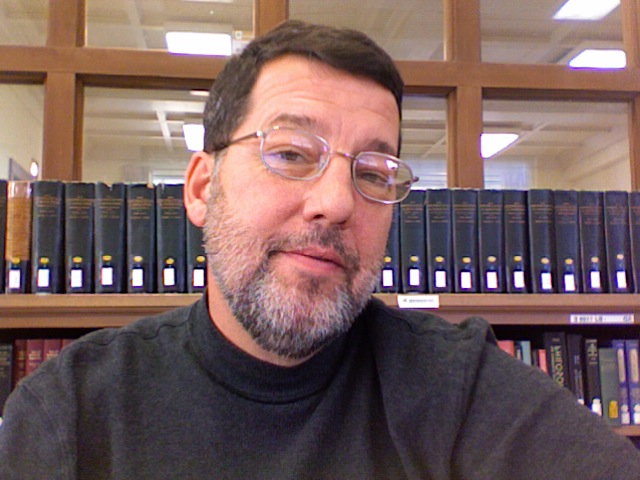
26 Jan PAT BAILEY’S SPIRITUALITY WITH RELIGION
Editor’s note: In his doctoral dissertation, Pastor Pat Bailey of Telluride’s Christ Presbyterian Church is claiming the need for a re-visioning of the Christian church’s theology and its understanding of mission, the need for a more natural, integrative theology and for an earth-focused, contextual approach to mission. This blog is part of a long-running weekly…

Pastor Pat Bailey
The late-modern context calls forth a performative faith, but not as a wager that acts on the basis of an outdated and implausible worldview, nor as a mere faith against hope. I agree with Wallace and Wittgenstein that truth is a matter of performance and utility, empowering human agents to accomplish with integrity the difficult task of becoming thoughtful and successful persons in a world of conflicting loyalties and claims to attention.
What is being called for by the times is a performance of faith that enacts the very things that are hoped for and emerging in the shifts of consciousness marking the late-modern period: transformation of self, society, and world resulting in new forms of autonomous selfhood that are deeply relational and interdependent; experiences not only of a more authentic self but issuing in an ethic of authenticity that seeks wholeness for all; interactions that emphasize personal experience, choice, wholeness, and reciprocity; a spirituality that embraces all of life and that is pluralistic, experiential, and affirming of Nature. Such performance is indeed a risky wager of faith, of living out one’s spiritual life in the entanglements of evil and the profuseness of suffering, without rescue, certitude, or security, but with trust in what is being cocreated within the interdwelling of Nature and Spirit.
As a model for mission appropriate to its context, I have proposed that Christ Presbyterian Church of Telluride promote, resource, and celebrate holistic spiritualities of interdwelling within Nature and Spirit and provide accompanying community on the journey toward wholeness while upholding the integrity of the other, the plurality of perspectives and worldviews, and the rich spiritual tradition of the Christian movement.
This model resonates with Wade Clark Roof’s assertion that: “Looking to the future, religious communities are likely to become understood and appreciated as depositories of symbols, practices, teachings, and moral codes for assembling and reassembling strategies of faith and action. That is to say, they will function less as a unified normative body prescribing a singular religious or spiritual style and will better institutionalize internal pluralism and the acceptance of diversity; individuals and small groups will turn to traditions as resources yet exercise freedom in making religious choices and in modes of spiritual cultivation.”
A postmodern, rhetorical, perspectival approach to theology and mission allows a rich interaction with the mythology, symbology, and imagery of the Christian tradition and their creative use in expressions of discourse, worship, and meaning making. Christ, as the central figure in Christianity, becomes expressive of a wide range of imaginative discourse in interplay with historical, liturgical, and confessional views. The tradition can also be remythologized in ways that integrate it with emerging worldviews, rendering such new visions as cosmic Christ and cruciform Spirit. One of the things I have enjoyed about Wallace’s discourse is that it feeds a creativity of imaging and re-imaging that I have found quite fruitful to the language of liturgy. For me, the Gospel has become like Dharma or Yoga, a reflection on the deeper and fuller aspects of life lived-out as interdwelling.


Sorry, the comment form is closed at this time.